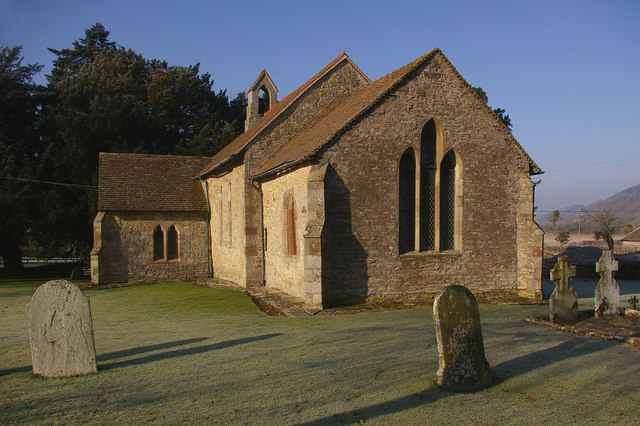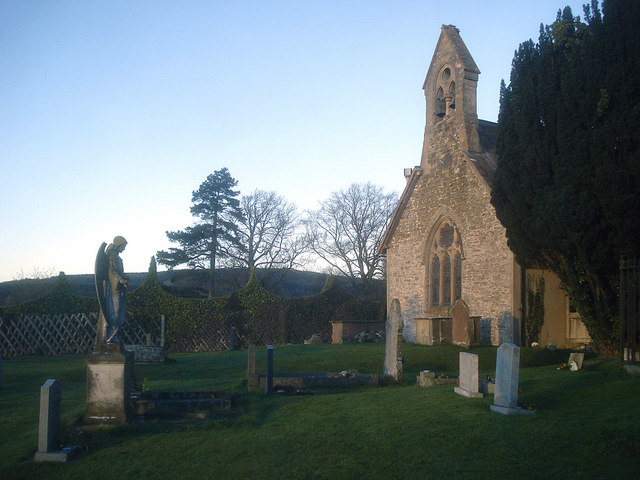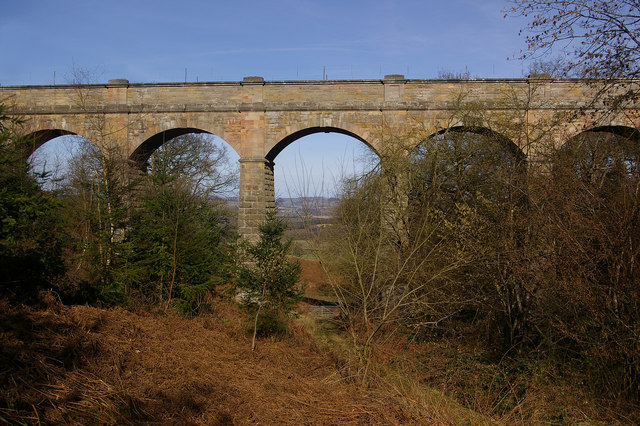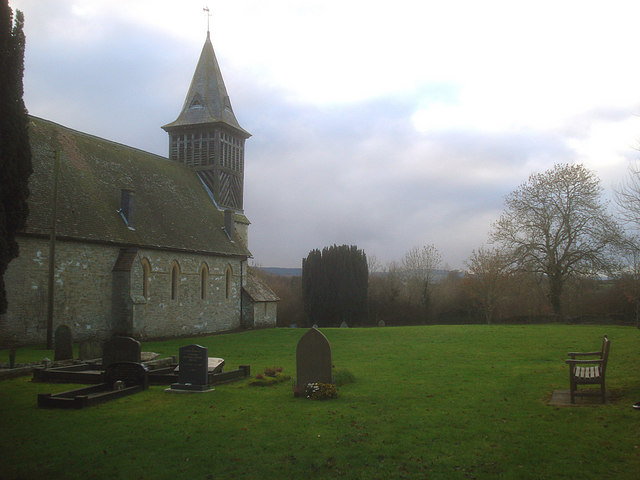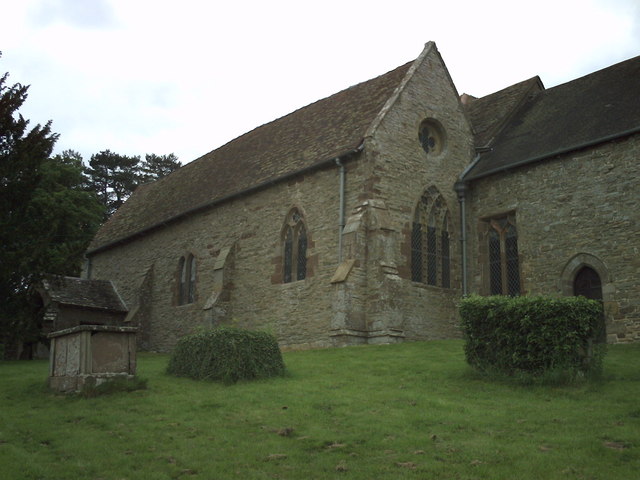Pipe Aston
Civil Parish in Herefordshire
England
Pipe Aston

Pipe Aston is a civil parish located in the county of Herefordshire, England. It is situated in the West Midlands region, approximately 10 miles northeast of the city of Hereford. The parish covers an area of around 4 square miles and is surrounded by picturesque countryside, offering residents and visitors a peaceful and rural setting.
Pipe Aston is a small village within the civil parish, with a population of around 200 people. The village is characterized by its quaint and charming atmosphere, with traditional stone cottages and well-maintained gardens. The village church, St. Giles, is a prominent landmark and dates back to the 12th century, adding a historical touch to the area.
Although small in size, Pipe Aston benefits from a strong sense of community and a range of amenities. The village has a primary school, providing education for local children, as well as a village hall that serves as a hub for various social activities and events. Additionally, there is a local pub, The Pipe Aston Inn, where residents and visitors can enjoy a drink or a meal.
The surrounding countryside offers plenty of opportunities for outdoor activities, such as hiking, cycling, and horseback riding. The parish is also near the River Lugg, providing options for fishing and boating. Overall, Pipe Aston offers a tranquil and idyllic setting for those seeking a rural lifestyle in Herefordshire.
If you have any feedback on the listing, please let us know in the comments section below.
Pipe Aston Images
Images are sourced within 2km of 52.345243/-2.784598 or Grid Reference SO4672. Thanks to Geograph Open Source API. All images are credited.













Pipe Aston is located at Grid Ref: SO4672 (Lat: 52.345243, Lng: -2.784598)
Unitary Authority: County of Herefordshire
Police Authority: West Mercia
What 3 Words
///lengthen.family.alert. Near Elton, Herefordshire
Nearby Locations
Related Wikis
Have you been to Pipe Aston?
Leave your review of Pipe Aston below (or comments, questions and feedback).




